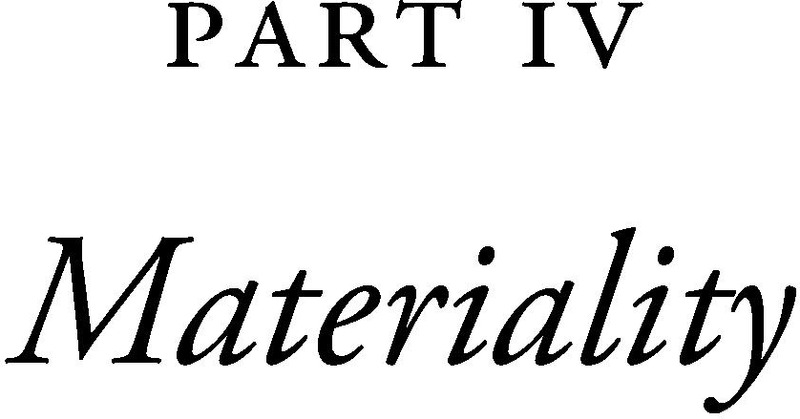Book contents
- Cognitive Approaches to Ancient Religious Experience
- Ancient Religion and Cognition
- Cognitive Approaches to Ancient Religious Experience
- Copyright page
- Contents
- Figures and Tables
- Contributors
- Abbreviations
- Funder Acknowledgement
- Introduction
- Part I Ritual
- Part II Representation
- Part III Gender
- Part IV Materiality
- Part V Texts
- Index
- References
Part IV - Materiality
Published online by Cambridge University Press: 28 July 2022
- Cognitive Approaches to Ancient Religious Experience
- Ancient Religion and Cognition
- Cognitive Approaches to Ancient Religious Experience
- Copyright page
- Contents
- Figures and Tables
- Contributors
- Abbreviations
- Funder Acknowledgement
- Introduction
- Part I Ritual
- Part II Representation
- Part III Gender
- Part IV Materiality
- Part V Texts
- Index
- References
Summary

- Type
- Chapter
- Information
- Cognitive Approaches to Ancient Religious Experience , pp. 191 - 242Publisher: Cambridge University PressPrint publication year: 2022

